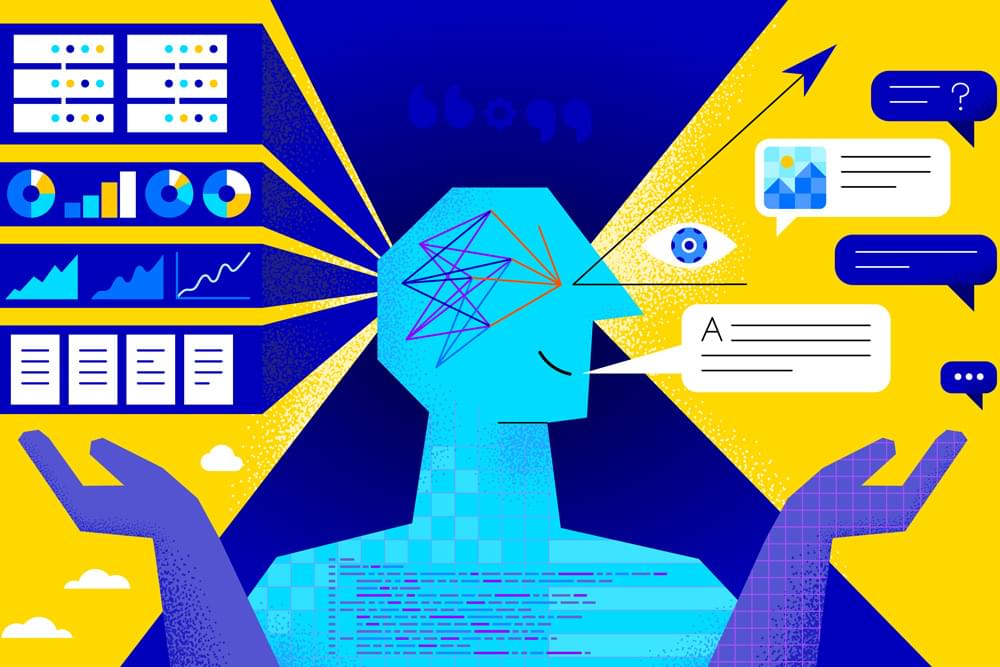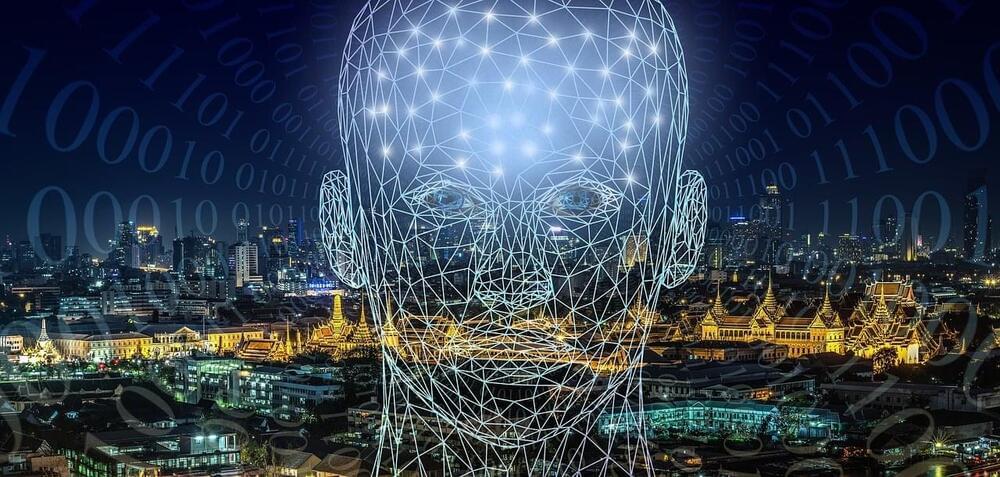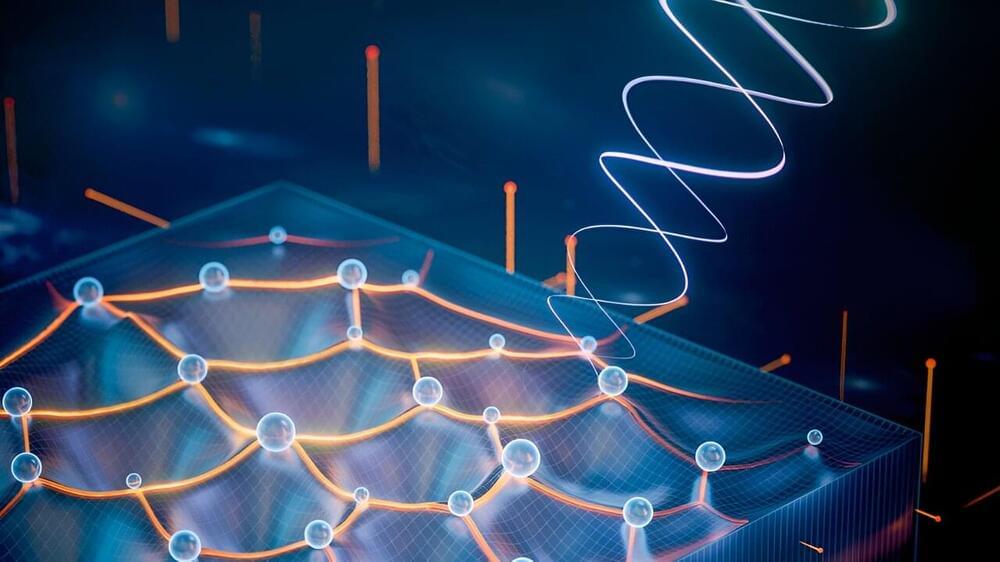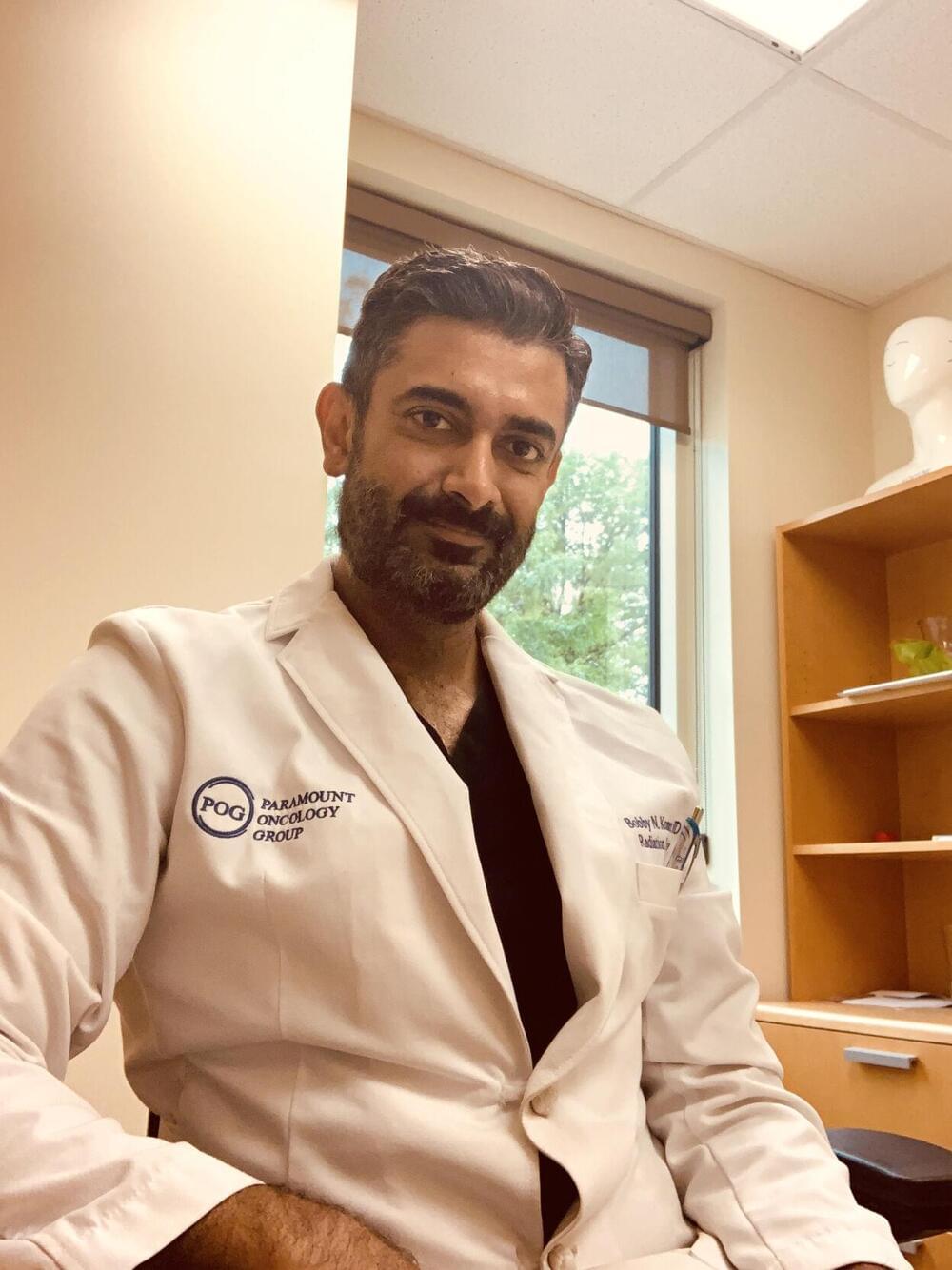Eisko is an expert in 3D scanning, modeling and rigging of Digital Doubles for VFX, Games, AR/VR and more, from Face Replacement to Digital Humans.
Page 826
Mar 28, 2024
Working With Your Hands Is Good for Your Brain
Posted by Dan Breeden in category: neuroscience
Activities like writing, gardening and knitting can improve your cognition and mood. Tapping, typing and scrolling? Less so.
Mar 28, 2024
Large language models use a surprisingly simple mechanism to retrieve some stored knowledge
Posted by Dan Breeden in category: futurism
Researchers find large language models use a simple mechanism to retrieve stored knowledge when they respond to a user prompt. These mechanisms can be leveraged to see what the model knows about different subjects and possibly to correct false information it has stored.
Mar 28, 2024
The Gemstone Cyborg: How Diamond Films Are Creating New Platforms for Cell Regeneration and Biointerfacing
Posted by Dan Breeden in categories: biotech/medical, cyborgs, neuroscience
Diamond is a promising material for the biomedical field, mainly due to its set of characteristics such as biocompatibility, strength, and electrical conductivity. Diamond can be synthesised in the laboratory by different methods, is available in the form of plates or films deposited on foreign substrates, and its morphology varies from microcrystalline diamond to ultrananocrystalline diamond. In this review, we summarise some of the most relevant studies regarding the adhesion of cells onto diamond surfaces, the consequent cell growth, and, in some very interesting cases, the differentiation of cells into neurons and oligodendrocytes. We discuss how different morphologies can affect cell adhesion and how surface termination can influence the surface hydrophilicity and consequent attachment of adherent proteins.
Mar 28, 2024
A large black hole that “hiccups,” giving off plumes of gas
Posted by Shubham Ghosh Roy in category: cosmology
Mar 28, 2024
Two Revolutionary AI Chips Can Control Robots Through Thought
Posted by Shubham Ghosh Roy in categories: innovation, robotics/AI
These two chips might be the key to developing sophisticated brain-computer interfacing.
Scientists from the University of Electronic Science and Technology of China claim to have developed the world’s most energy-efficient artificial intelligence AI microchips that are small enough to fit inside smart devices and could open doors for innovative offline functions like voice and even mind control.
Generally, AI chips that are designed for heavy tasks often require significant power because of high computational demands, which limits their use in real-world scenarios. Professor Zhou Jun and his team managed to significantly reduce power consumption through algorithm and architectural optimization.
Mar 28, 2024
Researchers find first experimental evidence for a graviton-like particle in a quantum material
Posted by Shailesh Prasad in categories: particle physics, quantum physics
A team of scientists from Columbia, Nanjing University, Princeton, and the University of Munster, writing in the journal Nature, have presented the first experimental evidence of collective excitations with spin called chiral graviton modes (CGMs) in a semiconducting material.
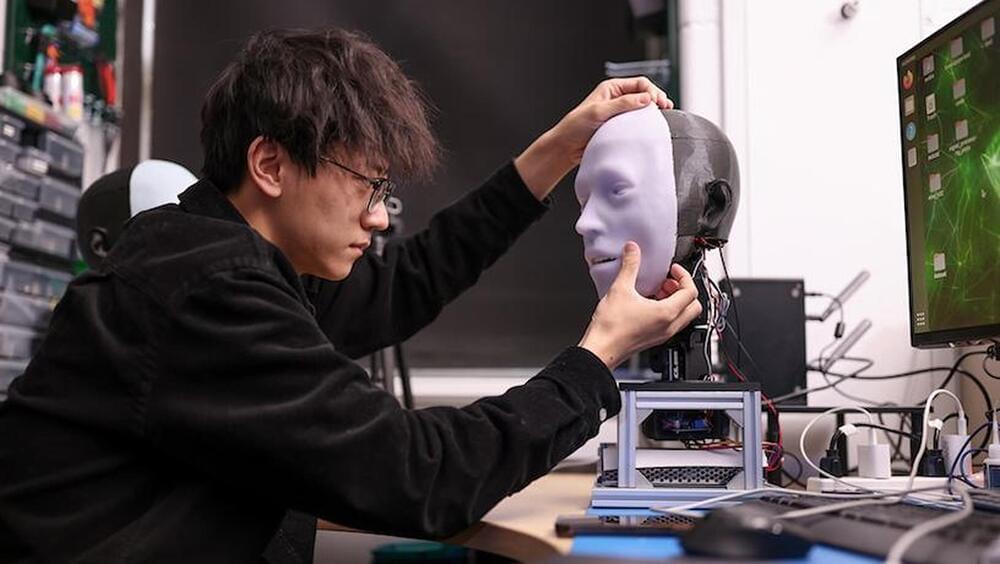
Columbia engineers build Emo, a silicon-clad robotic face that makes eye contact and uses two AI models to anticipate and replicate a person’s smile before the person actually smiles — a major advance in robots predicting human facial expressions accurately, improving interactions, and building trust between humans and robots.

Learn more about the game and see it in action at https://upperstory.com/turingtumble/?utm_source=YouTube&utm_medium=XXXXUse the coupon code ISAACARTHUR for…
Mar 28, 2024
Groundbreaking study shows how lifestyle changes can reverse biological aging
Posted by Paul Battista in categories: biological, genetics, life extension
In a groundbreaking study led by Dr. Karen Fitzgerald, six women between the ages of 45 and 65 experienced a remarkable reduction in their biological age by an average of five years in just eight weeks. The findings offer promising insights into the potential of lifestyle changes to combat aging.
The study, which focused on the distinction between chronological age and biological age, revealed that while chronological age remains fixed, biological age — the age of one’s cells — can be influenced and even reversed through targeted interventions.
Using Dr. Steven Horvath’s epigenetic clock, which measures 353 markers associated with methylation changes linked to aging, the researchers assessed the participants’ biological age before and after the intervention.


